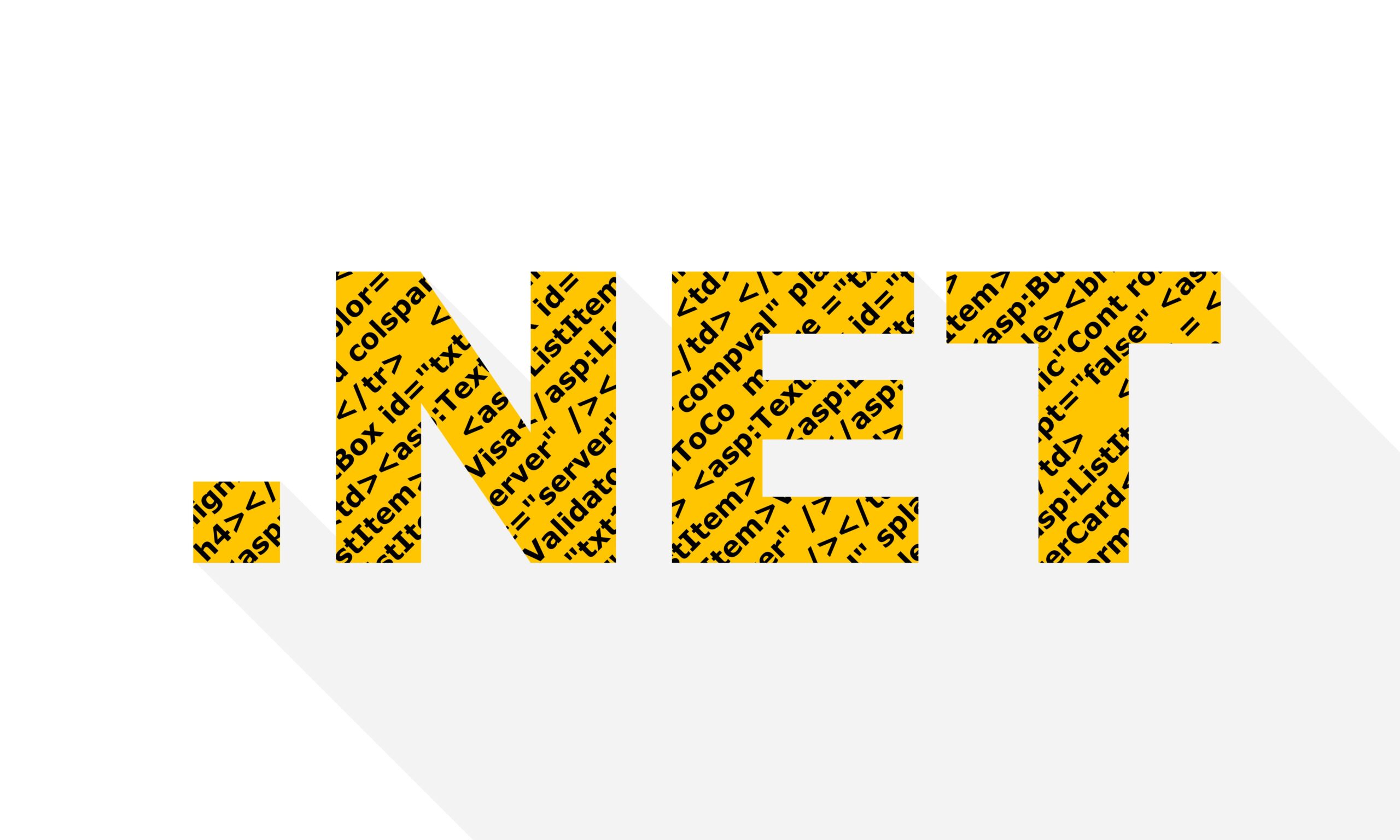What is the Microsoft .Net Framework?
Microsoft’s .Net Framework is a common platform used to develop custom software applications.
In April of 2022, Microsoft marked versions 4.6 and older of their .Net Framework as End of Life, which meant that they would be discontinuing support for those versions. This also had a significant implication that all custom software applications on versions 4.6 and older would no longer be receiving important security patches. All systems that are on their current version (4.8) would continue to receive patches for at least 2 years and likely up to 10 years.
This presented a significant decision for Miles IT customers running older applications who have not recently upgraded their applications to the latest technologies.
Our approach and how we addressed security
Through proactive no-cost consultation efforts, our team discussed the pros and cons of upgrading their solutions, including the benefits of having an application that would not be at risk for vulnerabilities that could result in a malicious attack contrasted with the downside of the efforts and cost to upgrade the platform and related components.
Every custom system has a number of different technologies used as part of the code libraries, databases, platforms, and plug-ins. Many of these have minor and major version upgrades, become no longer supported or become deprecated. There are effort, cost, and benefits to making technology version upgrades.
Our process of making proactive recommendations for these upgrades is determined by the level of risk and/or value of making the upgrade. We help our customers understand that this is not an automated process and it requires us to examine each application to understand the impacts of the upgrade and ensure as smooth a process as possible.
With a significant batch of customers that made the decision to upgrade their applications, our engineering team worked diligently to develop a repeatable process for the technical analysis, upgrade, testing, and go-live procedures that would help maximize the value while minimizing the cost and ensuring a seamless transition.
All updates were performed in a non-production environment so that normal business operations were not affected. End-to-end Quality Assurance testing was performed to ensure that any issues caused by the code technology update were addressed and resolved so that no interruption was caused when it was merged into production.
As a result of performing these updates, customer applications have improved the backend security and continued system compatibility. Our customers can be confident that their applications are more secure and able to receive security updates from Microsoft to address new security vulnerabilities and patches.
What’s the difference between the .Net Framework and .Net Core
.Net Framework and .Net Core share similar development components, but are actually two different platforms.
.Net Framework was originally released by Microsoft back in 2002 and was built to work with a Windows operating system and environment specifically. .Net Framework was designed to be used to build both desktop and web-based applications. Versions of this technology start at 1.0 and go all the way up to the last version, 4.8.
.Net Core was originally released in 2016 and designed to work across different server environments and operating systems. .Net Core was designed in the development of web-based applications and mobile applications. Versions of this technology also started at version 1.0, up to 3.0, then versions 5.0 and beyond (versions 4.x were skipped to avoid confusion with the .Net Framework).
The takeaway if you’re using .net
It is important to note that even though these are both Microsoft technologies, there is no direct upgrade from .Net Framework to .Net Core.
In order to convert your application into .Net Core, more significant effort is required in order to replace components and libraries with your source code.
The good news is that for now, both of these frameworks are supported and compatible with modern technologies.
You should only consider converting your applications if your business needs require scalability to multiple hosting platforms or need to utilize .Net Core specific features.


